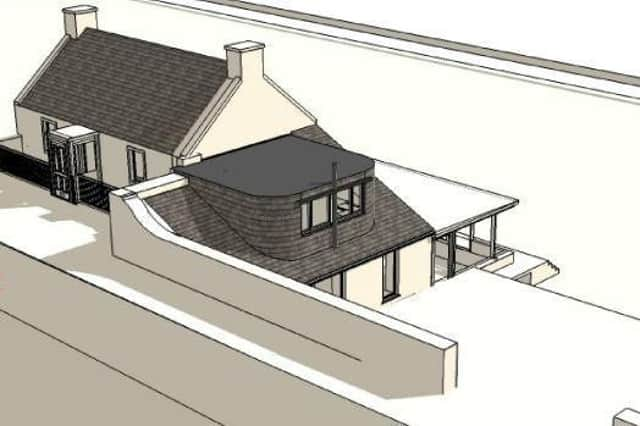Attempt to convert cottage near Danderhall fails after Scottish Ministers ruled preserving history more important than convenience


The owner of the old smithy cottage, north of Danderhall, appealed to Scottish Ministers after Midlothian Council refused to give the go-ahead to a dormer extension on a lean-to.
His agents argued the 19th century cottage provided ‘sub standard’ bedroom space with the noise of ambulances on the A7 clearly heard.
Advertisement
Hide AdAdvertisement
Hide AdArchitects for the householder wanted Listed Building Consent to install the large dormer to create more space at the side of the home.
However the Scottish Government Reporter dismissed their claims that the changes would add richness to the property, which has seen extensions added over the years.
Instead he ruled that preserving the view of the original property was more important.
He said: “Although its internal layout may not be the most convenient for its current occupants, I have seen no indication to suggest that, if I were to refuse to grant listed building consent, the host building would cease to be habitable.”
Advertisement
Hide AdAdvertisement
Hide AdOn behalf of the home owner, architect Crighton Wood argued that the changes to the property at Smithy Green Cottages, Old Dalkeith Road would enhance it.
Rejecting the appeal, The Scottish Government Reporter ruled the proposed dormer would distract any onlookers attention away from the “clean simplicity of the angular construction of the gables, walls, roof, and chimneys of the host building, which is typical of a Scottish vernacular dwelling of its period”.